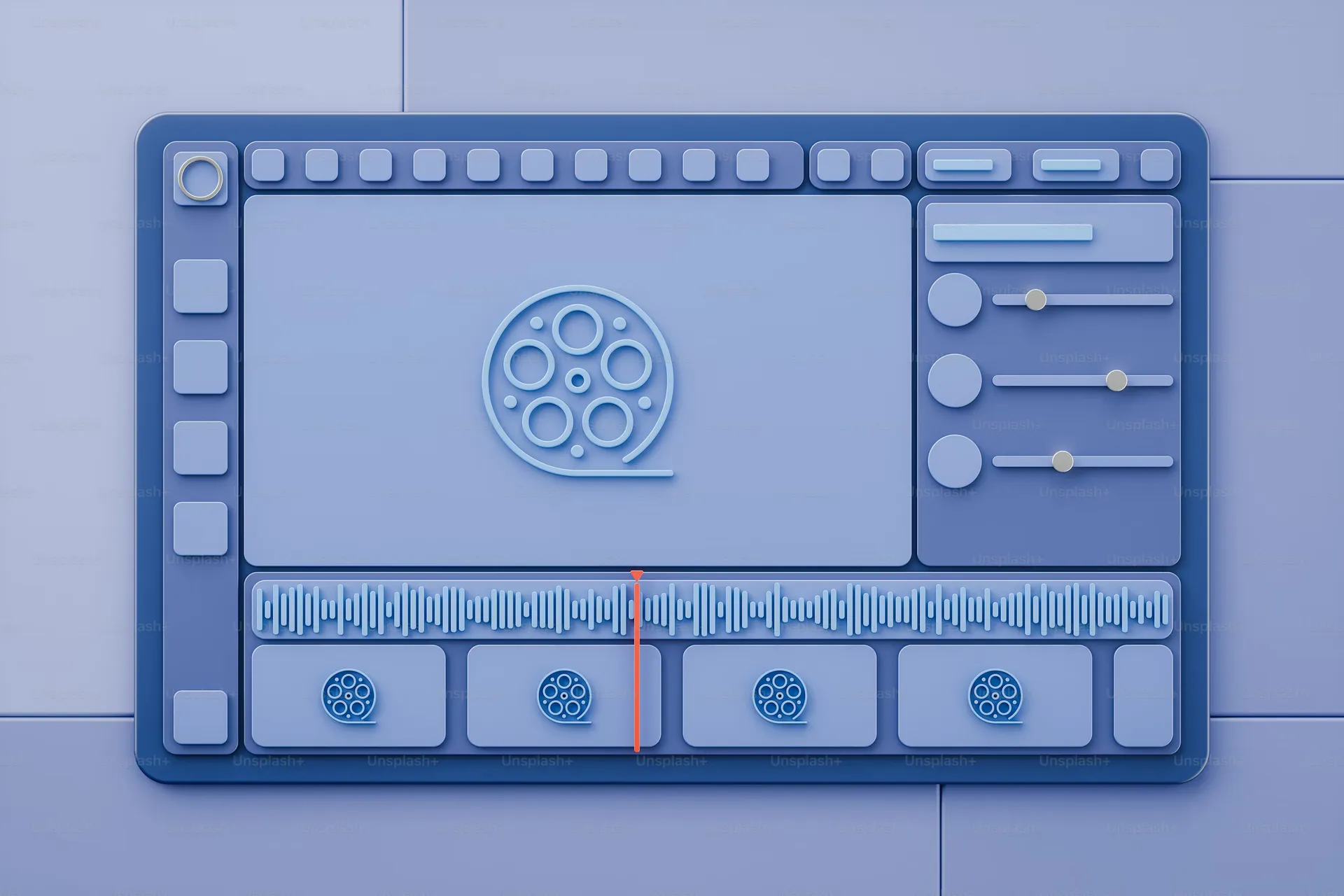My First Hackathon at TenextAI
My first straight 24-hour hackathon at TenextAI: building a Full-stack AI-powered CSR tool
My First Hackathon Journey: Building an AI-Powered CSR Tool
Picture this: 24 hours, three developers, and one ambitious goal - to revolutionize customer service with AI. This is the story of my first hackathon experience at TenextAI, where we built Path, an AI-powered tool designed to enhance customer service representatives’ emotional intelligence and empathy.
About TenextAI
TenextAI is revolutionizing customer service through AI-powered solutions. Their mission? To create 10x smarter and faster customer conversations through next-generation AI voice agents. What sets them apart is their innovative approach to business communication in the AI era - they’re not just automating processes; they’re redefining how businesses interact with their customers.
The Challenge
The hackathon presented us with a critical challenge: addressing the common pain points in customer support operations. Customer service agents face numerous challenges:
- Managing high volumes of repetitive inquiries
- Constant context-switching between customer issues
- Time-consuming manual documentation searches
- Pressure to deliver quick, accurate, and personalized responses
- Increased risk of burnout due to stressful conditions
Our mission was to develop an AI-powered assistant that could:
- Automate routine tasks
- Provide instant access to relevant documentation
- Offer intelligent, context-aware response suggestions
- Reduce cognitive load on agents
- Enhance customer satisfaction
The requirements were clear: build a functional MVP, deploy a working web application, follow best practices, use modern technology, and leverage AI tools like ChatGPT or OpenAI APIs.
Our Journey
Initial Approach
As a three-person team, we divided responsibilities: my teammates focused on the backend AI infrastructure, while I handled the frontend development and API integration.
Our initial goal was ambitious - we wanted to predict user intent and questions based on their queries. The idea was to help CSRs prepare better by anticipating customer needs, reducing response times, and minimizing context-switching.
However, after consulting with TenextAI’s team and subject experts, we realized we needed to pivot. We shifted our focus to a more specific challenge: enhancing CSRs’ emotional intelligence and empathy through AI assistance. This led to the birth of Path (or Empath), our final product.
Technical Challenges
1. Library and Dependency Updates
Working with the T3 Stack presented unexpected challenges due to recent updates:
- Next.js 15
- Tailwind v4
- Next-Auth v5
These updates brought breaking changes that required significant adaptation, especially in code structure and file organization.
2. Authentication Hurdles
We faced multiple authentication challenges:
- Initial email-password authentication issues with tokens and sessions
- Google OAuth complications with redirect URIs
- Complex session management requirements
3. Next.js Integration Challenges
The production deployment revealed several issues:
- Environment handling complexities
- Backend integration problems
- HTTPS/HTTP protocol conflicts
- Unclear error messaging
4. Real-time Chat Implementation
Implementing chat streaming for real-time responses was a new challenge. Moving from traditional REST APIs to streaming responses required significant learning and adaptation.
Team Collaboration
Our first hackathon experience taught us valuable lessons about team collaboration:
- The importance of establishing clear naming conventions
- Need for standardized file structures
- Proper Docker configuration management
- Effective version control practices
- Handling merge conflicts efficiently
Lessons Learned
This hackathon was more than just a coding challenge - it was a crash course in rapid development, team collaboration, and problem-solving under pressure. The experience taught us the importance of:
- Clear communication and documentation
- Proper planning and scope management
- Adaptability in the face of technical challenges
- Effective team coordination
- Time management in high-pressure situations
Conclusion
Despite the challenges, building Path was an incredibly rewarding experience. It pushed us to learn new technologies, adapt to unexpected situations, and work effectively as a team. The hackathon not only helped us grow as developers but also gave us valuable insights into building AI-powered solutions for real-world problems.
The journey from concept to deployment in 24 hours was intense, but the lessons learned and the experience gained were worth every minute. I’m excited to apply these learnings to future projects and continue exploring the intersection of AI and customer service.
